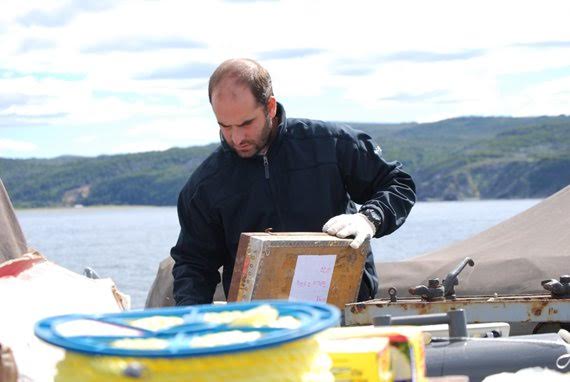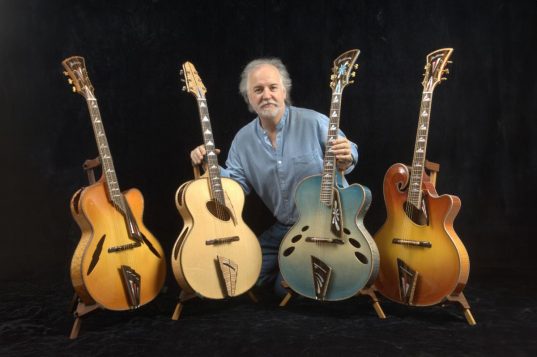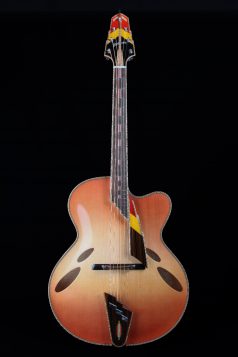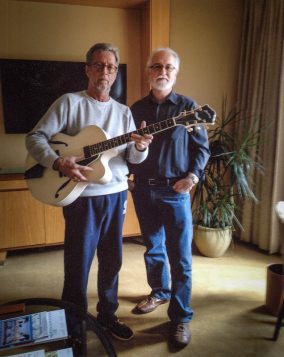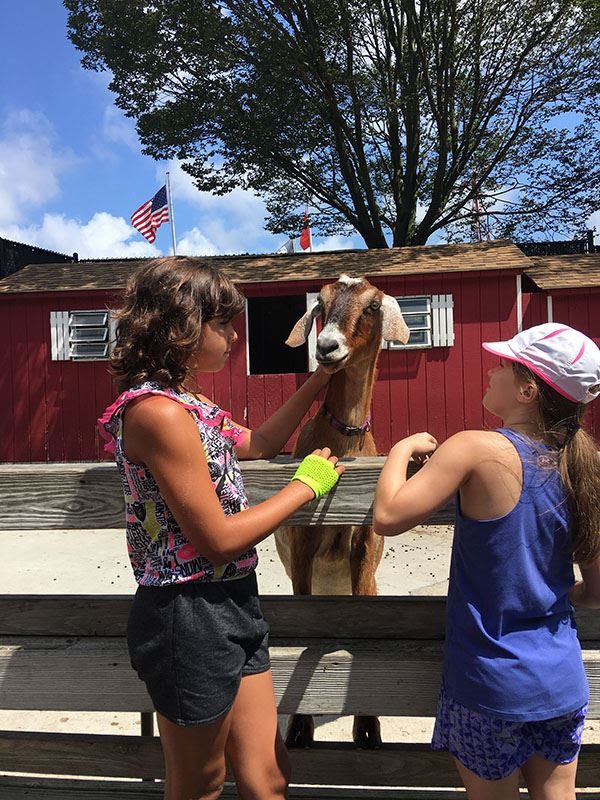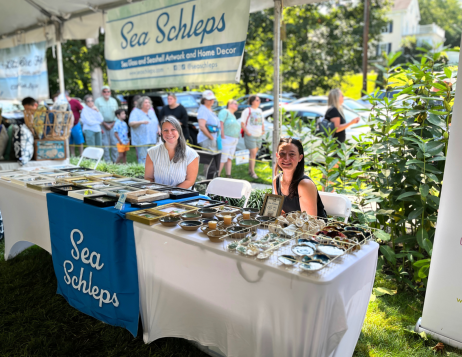By Daniel Dunaief
Typical sampling of ocean water excludes small microplastics which, as it turns out, are much more abundant even than larger pieces.

That’s the conclusion of a recent paper published in Marine Pollution Bulletin based on research conducted by Luis Medina Faull, Lecturer and IDEA Fellow, Sustainable Climate Justice and Solutions at the School of Marine and Atmospheric Sciences at Stony Brook University.
Using Raman microspectrometry to test ocean waters from the Caribbean to the Arctic, Medina Faull discovered smaller microplastics that were 10 to 100 times more abundant than the larger ones.
“We can’t see these plastics and, until recently, we couldn’t even track the samples,” said Medina Faul. “These small pieces can be easily ingested by marine organisms, such as fish” who translocate them into tissues where humans can consume them. “They are an emerging contaminant in our ocean so we have to be very concerned.”
Microplastics not only harm organisms that live in the ocean, but also create a health threat to humans, appearing in breast milk, heart muscles, blood, and waste products such as feces.
Microplastics can alter cell activity. The threat these particles pose to the environment and human health increases the urgency to understand this contaminant.
At this point, scientists don’t yet know how much of these microplastics fish have consumed although every species studied has evidence of microplastic ingestion.
Plankton nets can find microplastics that are between 300 and 500 micrometers or larger. Medina Faull, however, can detect microplastics that are 1 to 300 micrometers.
In samples taken from the Northeast Coast of Medina Faull’s native Venezuela, the Gulf Stream Current, which includes the Caribbean and Atlantic Ocean and the Pacific Arctic Ocean, the Stony Brook scientist found that the most abundant microplastics were between 1 and 14 micrometers, with 60 percent under 5 micrometers.
His findings exceeded previous combined reports about the abundance of these microplastics by six orders of magnitude.
While the larger particles of microplastics weighs more in the ocean, “it is important to measure the number of particles and their mass,” Medina Faull explained in an email, which will help “to understand the plastic budget in the ocean and the possible ecological or biological impact of these particles.”
The general public, government agencies and the scientific community have become increasingly concerned about microplastics. Medina Faull recently attended the first New York State Microplastics summit organized by the New York Department of Environmental Conservation and the State University of New York at Buffalo. They discussed the kind of microplastics thresholds that could be harmful to humans and the environment.
The challenges of small pieces
The primary ingredient in plastics, which are made from fossil fuels, is carbon, constituting about 70 to 90 percent of the material that creates packaging, coverings, wraps and other products.

Determining the origin and content of these microplastics, which are a collection of materials manufactured and sold in different countries, is challenging. Microplastics in the ocean come from mismanagement of solid waste, dumping, fisheries, tourism and other sources.
For the larger pieces of microplastics, which are still exponentially smaller than the eight-inch water bottle that people drink at baseball games and picnics, researchers can determine where the plastic was made.
For the smaller pieces, scientists can link materials to specific activities. Polystyrene is used in floating devices, such as buoys, as well as in fishing, boating and tourism. Polystyrene is also used in food containers and clothing. For these smaller microplastics, scientists have a hard time pointing out the source.
Additionally, smaller microplastics of the kind Medina Faull found in abundance, can contain a mix of particles, suggesting that the ocean contaminant likely came from a recycling process.
“We call them plastics, but there are [numerous] types of materials with different chemical compositions,” he said. These may interact differently with the environment and the oceanic organisms.
At this point, Medina Faull suggested that the majority of the ocean remains undersampled, which makes it difficult to know the concentration and distribution of microplastics.
Microplastics are also distributed in different parts of the ocean, as some of them float at the surface while others sink to the bottom. The process for vertical transport in the water column isn’t well studied.
New plastic producing technology
Some companies are working to develop bioplastic materials. Made from natural polymers or polymers produced by algae or bacteria, these plastics might dissolve more rapidly and provide a safer environmental alternative. These could be photo, bio or chemically degraded faster than synthetic polymers.
As for his own consumer decisions, Medina Faull thinks about ways to reduce his own plastic use regularly.
For starters, he tries to reduce the use of plastics in his own house. He drinks water from the tap and, when he does use plastic, he tries to make sure it’s more than for a single use.
He urges residents concerned about the use of plastics to buy local products, which not only help the community but also reduce the need for as much plastics for shipping.
When he buys toys for his two-year-old daughter Aila Marina, he tries to make sure they’re manufactured with recycled plastic or wood.
Aerosolized plastics
When microplastics are small enough, they can become aerosolized amid a heavy surf, as the impact of water releases them into the air.
Areas in the Arctic and Antarctic have now found evidence of microplastics that were carried by the wind.
“We know that they are part of these complex transfer mechanisms in the ocean,” said Medina Faull.
A native of Margarita Island, Venezuela, Medina Faull spent considerable time growing up in and around water. He grew up going to the beach, surfing, scuba diving, and spearfishing.
Medina Faull and his wife Elizabeth Suter, who is also a marine scientist and works at Molloy University in Rockville Centre, live in Long Beach with their daughter.
When he’s not on, near or studying the water, Medina Faull appreciates the opportunity to create objects in his own woodworking shop. He has made furniture for his office, a toy chest for his daughter and picture frames.
As for the message from his work, Medina Faull believes any contamination is cause for concern.
“We need to be aware” of microplastics, he said. There are “so many things we don’t understand yet.”
For consumers, he urges people to be careful about what they are buying and consider ways to reduce plastics.

